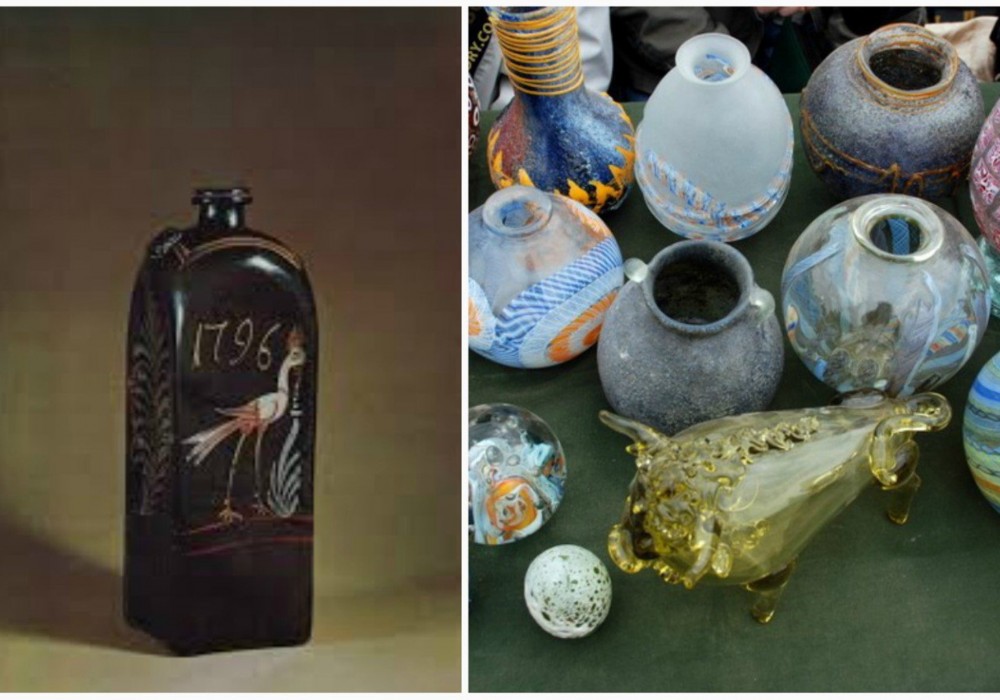
The peculiarities of the organization of glass production in forest hutas and urban workshops through the staff directly involved in the production process are disclosed in the paper. The study is based primarily on the materials of Prykarpattya and Volhynia areas, along with adjacent Polish lands, as it was there that the glassmaking was actively developing during the studied historical period. Two types of glassmakers are considered: forest hutas workers and urban artisans. Attention is paid to the peculiarities of their production centers functioning, and the factors that caused a specific division of duties and describe certain «specializations of labor» in glassmaking are analyzed. Thus, in the forest hutas worked a glassblower, a glassmaker, a mixer, a charcoal burner, a shular (the man responsible for the fire in the furnace), a woodcutter, an obolonmaker (maker of window glass), a blacksmith and others. What products the huta would make and what it would be able to sell depended on the conscientious work of each of them. At the same time, all huta workers depended on the owner of the land on which the forest huta was located.On the contrary, the urban glassmakers worked in accordance with the guild’s statutes. During the studied period, there were quite a few urban glassmakers. This fact was naturally determined because huta glassmakers had a significant advantage — the proximity to the sources of raw materials. This allows asserting that huta glassmakers could supply the semi-finished product (pieces of glass mass) to glassmaking workshops because stocking a 24-hour fire in the furnace was too costly.
Source: Kurdyna Y. (2019) Glassmakers in Early Modern Times: between the Forest Hutas and Urban Workshops. Eminak. №3(27): 60-67
Source web-site: https://eminak.net.ua/index.php/eminak/article/view/311/159
Number of views: 2538